Wide-Field Collision

Wide-Field Collision
More Posts from Jmsconn and Others

The total solar eclipse of 02 July 2019 from La Serena, Chile.
Credit: Gwenael Blanck
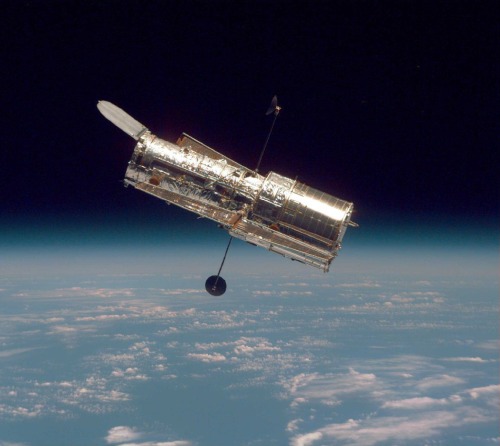
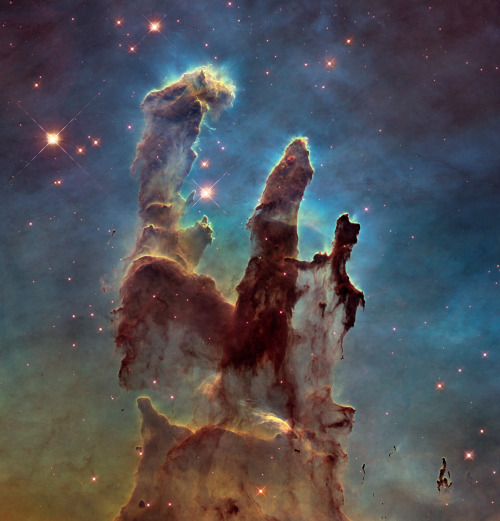
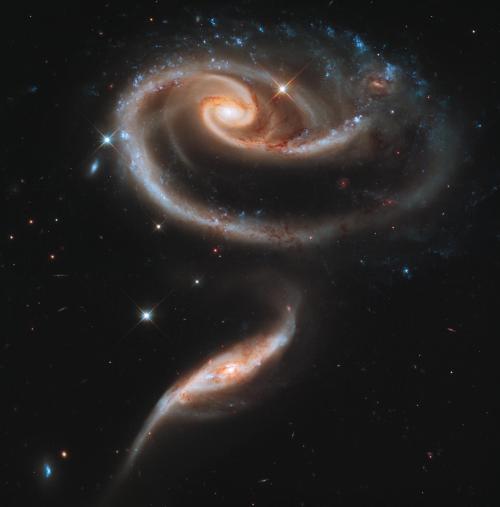
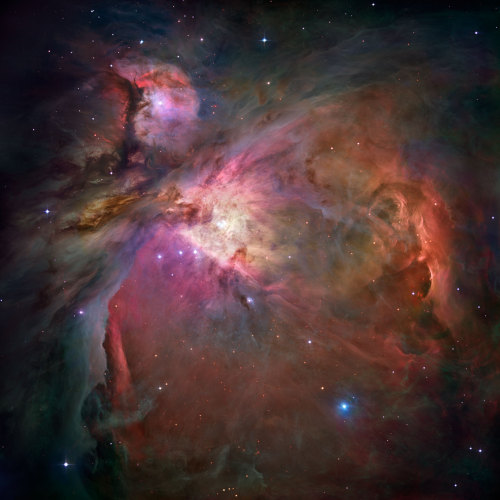
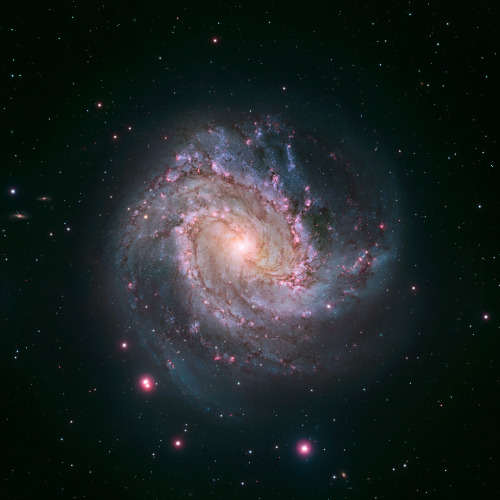
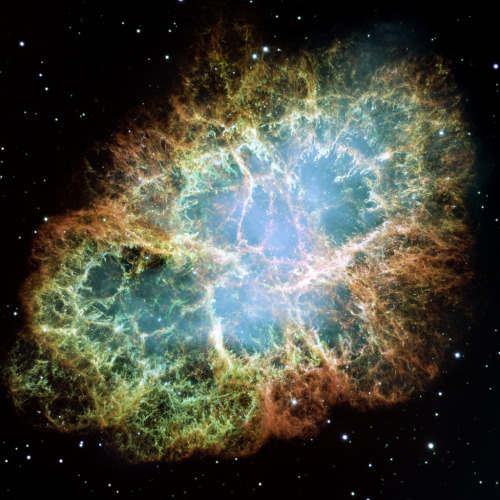
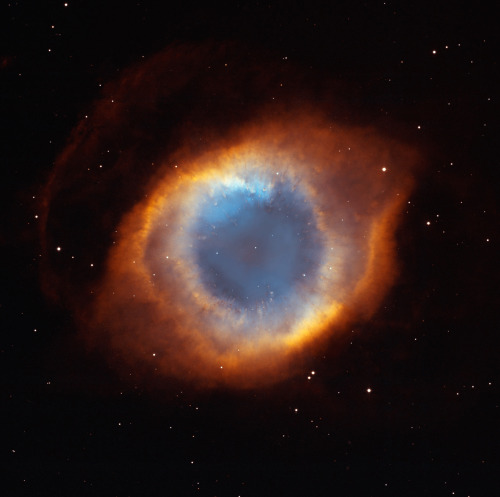
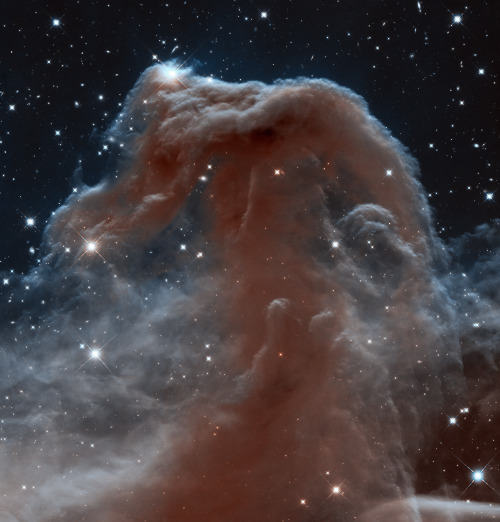

Happy Birthday, Hubble!
The Hubble Space Telescope (HST) is a space telescope that was launched into low Earth orbit in 1990 and remains in operation. Although not the first space telescope, Hubble is one of the largest and most versatile, and is well known as both a vital research tool and a public relations boon for astronomy. The HST is named after the astronomer Edwin Hubble, and is one of NASA’s Great Observatories, along with the Compton Gamma Ray Observatory, the Chandra X-ray Observatory, and the Spitzer Space Telescope.
With a 2.4-meter (7.9 ft) mirror, Hubble’s four main instruments observe in the near ultraviolet, visible, and near infraredspectra. Hubble’s orbit outside the distortion of Earth’s atmosphere allows it to take extremely high-resolution images, with substantially lower background light than ground-based telescopes. Hubble has recorded some of the most detailed visible light images ever, allowing a deep view into space and time. Many Hubble observations have led to breakthroughs in astrophysics, such as accurately determining the rate of expansion of the universe.
sourcet: Wikipedia & Overview
Image credit: NASA/ESA & Hubble
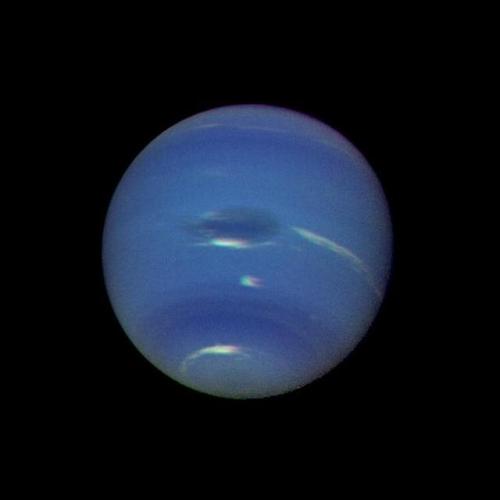
Neptune ♡
This color image, produced from a distance of about 16 million kilometers, shows several complex and puzzling atmospheric features. Credit: NASA/JPL
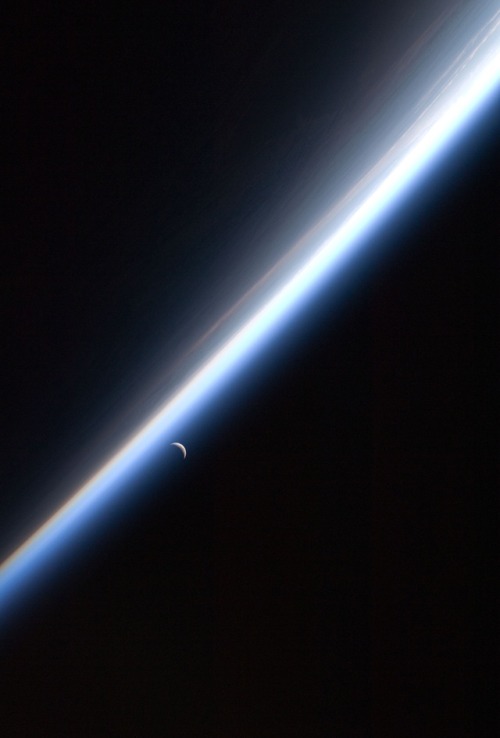
Crescent Moon and Earth’s Atmosphere Seen by International Space Station
Credit: NASA

Total solar eclipse, 2 July 2019.
Credits: ESA/CESAR

The Big Dipper
by: VegaStar Carpentier



Titan, Enceladus, Tethys, Pandora, & Epimetheus. October, 2007.
NASA/JPL-Caltech/SSI/CICLOPS/Kevin M. Gill

Lunar Focus


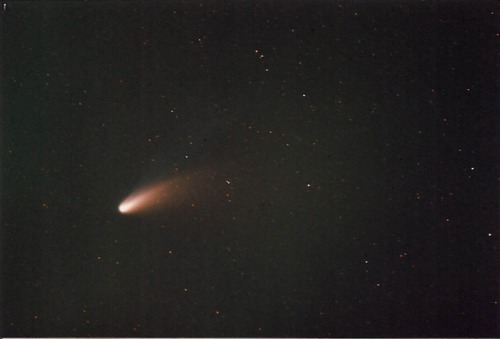
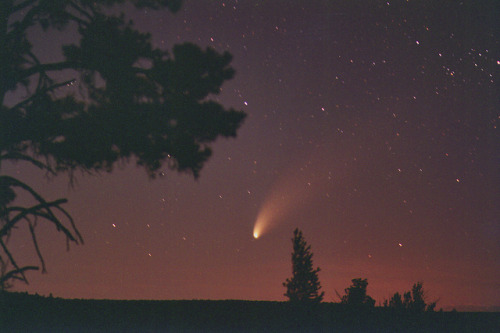
Comet Hale-Bopp
images: x, x
-
 sato-666 liked this · 5 years ago
sato-666 liked this · 5 years ago -
 mjsharifi liked this · 5 years ago
mjsharifi liked this · 5 years ago -
 pxaxyxnxe reblogged this · 5 years ago
pxaxyxnxe reblogged this · 5 years ago -
 sirchubbybunny liked this · 5 years ago
sirchubbybunny liked this · 5 years ago -
 kiilerudy liked this · 5 years ago
kiilerudy liked this · 5 years ago -
 fargreenlight-blog liked this · 5 years ago
fargreenlight-blog liked this · 5 years ago -
 chicaluna2410 reblogged this · 5 years ago
chicaluna2410 reblogged this · 5 years ago -
 chicaluna2410 liked this · 5 years ago
chicaluna2410 liked this · 5 years ago -
 biscoeda liked this · 5 years ago
biscoeda liked this · 5 years ago -
 angelnamedkay reblogged this · 5 years ago
angelnamedkay reblogged this · 5 years ago -
 angelnamedkay liked this · 5 years ago
angelnamedkay liked this · 5 years ago -
 fernanda-kelly liked this · 5 years ago
fernanda-kelly liked this · 5 years ago -
 valenciaarcana liked this · 5 years ago
valenciaarcana liked this · 5 years ago -
 whipsmartzombie liked this · 5 years ago
whipsmartzombie liked this · 5 years ago -
 loveejasminnee liked this · 5 years ago
loveejasminnee liked this · 5 years ago -
 pxaxyxnxe liked this · 5 years ago
pxaxyxnxe liked this · 5 years ago -
 blooming-lotus liked this · 5 years ago
blooming-lotus liked this · 5 years ago -
 aheg-o reblogged this · 5 years ago
aheg-o reblogged this · 5 years ago -
 kidzinthenewcity reblogged this · 5 years ago
kidzinthenewcity reblogged this · 5 years ago -
 moominsaima reblogged this · 5 years ago
moominsaima reblogged this · 5 years ago -
 moominsaima liked this · 5 years ago
moominsaima liked this · 5 years ago -
 rilinda reblogged this · 5 years ago
rilinda reblogged this · 5 years ago -
 dullordumb reblogged this · 5 years ago
dullordumb reblogged this · 5 years ago -
 nib333 reblogged this · 5 years ago
nib333 reblogged this · 5 years ago -
 yakutyanochka liked this · 5 years ago
yakutyanochka liked this · 5 years ago -
 shailendra65631 reblogged this · 5 years ago
shailendra65631 reblogged this · 5 years ago -
 shailendra65631 liked this · 5 years ago
shailendra65631 liked this · 5 years ago -
 maximusw01-blog liked this · 5 years ago
maximusw01-blog liked this · 5 years ago -
 housekeeposupervisor liked this · 5 years ago
housekeeposupervisor liked this · 5 years ago -
 spacegirl84 reblogged this · 5 years ago
spacegirl84 reblogged this · 5 years ago -
 spacegirl84 liked this · 5 years ago
spacegirl84 liked this · 5 years ago -
 starbratinum reblogged this · 5 years ago
starbratinum reblogged this · 5 years ago -
 110car8s liked this · 5 years ago
110car8s liked this · 5 years ago -
 kirropsycho reblogged this · 5 years ago
kirropsycho reblogged this · 5 years ago
